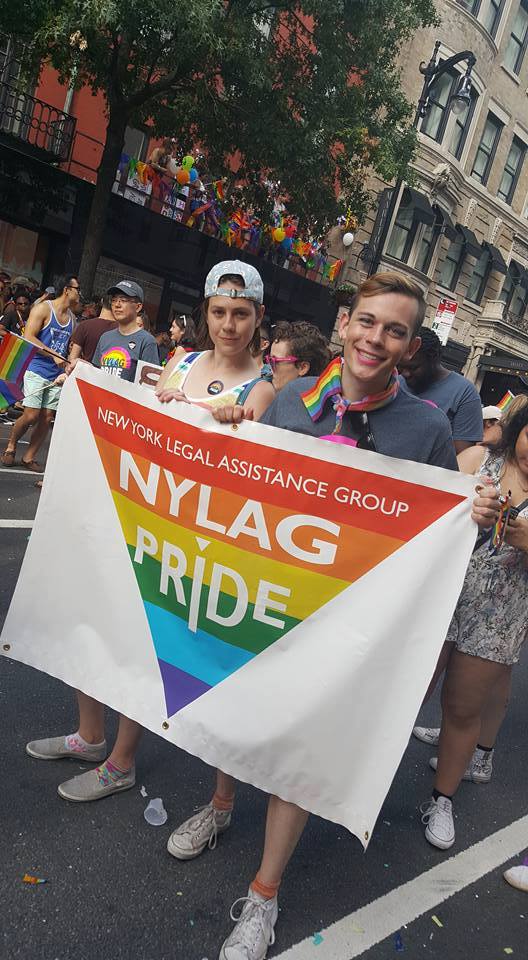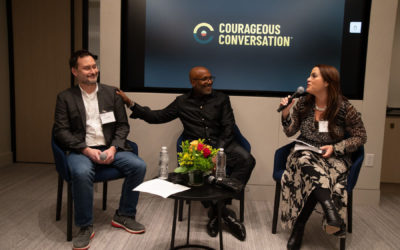By Kari Paul—Oct. 11 2018
When Christine, at 25-year-old student who identifies as queer began to do rounds at local health clinics where she attends medical school in Missouri, she felt she had to keep much of her personal life obscured.
“Working in a very conservative area, it feels like I am not able to be myself,” she said. “When they ask me about my dating life, or when I plan to get married, I just give ambiguous short answers.”
Members of the LGBT (lesbian, bisexual, gay, and transgender) community who aren’t out of the closet in the workplace report isolation, depression, and exhaustion. The doctor-in-training, who asked to withhold her last name for this story, is one of 46% of LGBT Americans who remain closeted in the workplace, according to a July report by the Human Rights Campaign Foundation. The study was based on a probability-based sample 804 LGBT-identified people and a separate survey of 811 non-LGBT people.
Workers surveyed cited variety of reasons for not coming out to colleagues: 38% said they hid their sexuality because of the possibility of being stereotyped, 36% said they didn’t want to make people feel uncomfortable, and 31% said they worried about the possibility of losing connections or relationships with co-workers.
For Christine, who is Palestinian, her decision to not come out were was layered. She ended up not addressing her sexuality because there was so much focus on her racial identity. Often times, she said she was “the only brown person in the room” and had patients asking her repeatedly where she was from.
As was already attracting unwanted attention because of her race, she felt addressing her sexuality would make it worse. People of color in the medical industry often report patients making inappropriate comments about their race or even refusing to accept treatment on account of their race, according to a piece in the New England Journal of Medicine in 2016 called “Dealing with Racist Patients.”
“I’m lucky because I have a feminine gender identity, and my sexuality isn’t the first thing people question or notice when they see me. Instead, my race is frequently the topic of discussion,” Christine said. “So not only am I trying to navigate these exclusionary white spaces as a woman of color, I am also trying to navigate an explicitly heteronormative space as a sexual minority.”
Because many people read her as straight, Christine said it felt it was easier to hide her identity, but still felt self-conscious about how she presented, choosing to act and dress more feminine to avoid unwanted attention. According to the HRC study, one in five LGBT workers have been told by colleagues to dress more feminine or masculine in the workplace.
Read more at MarketWatch.




